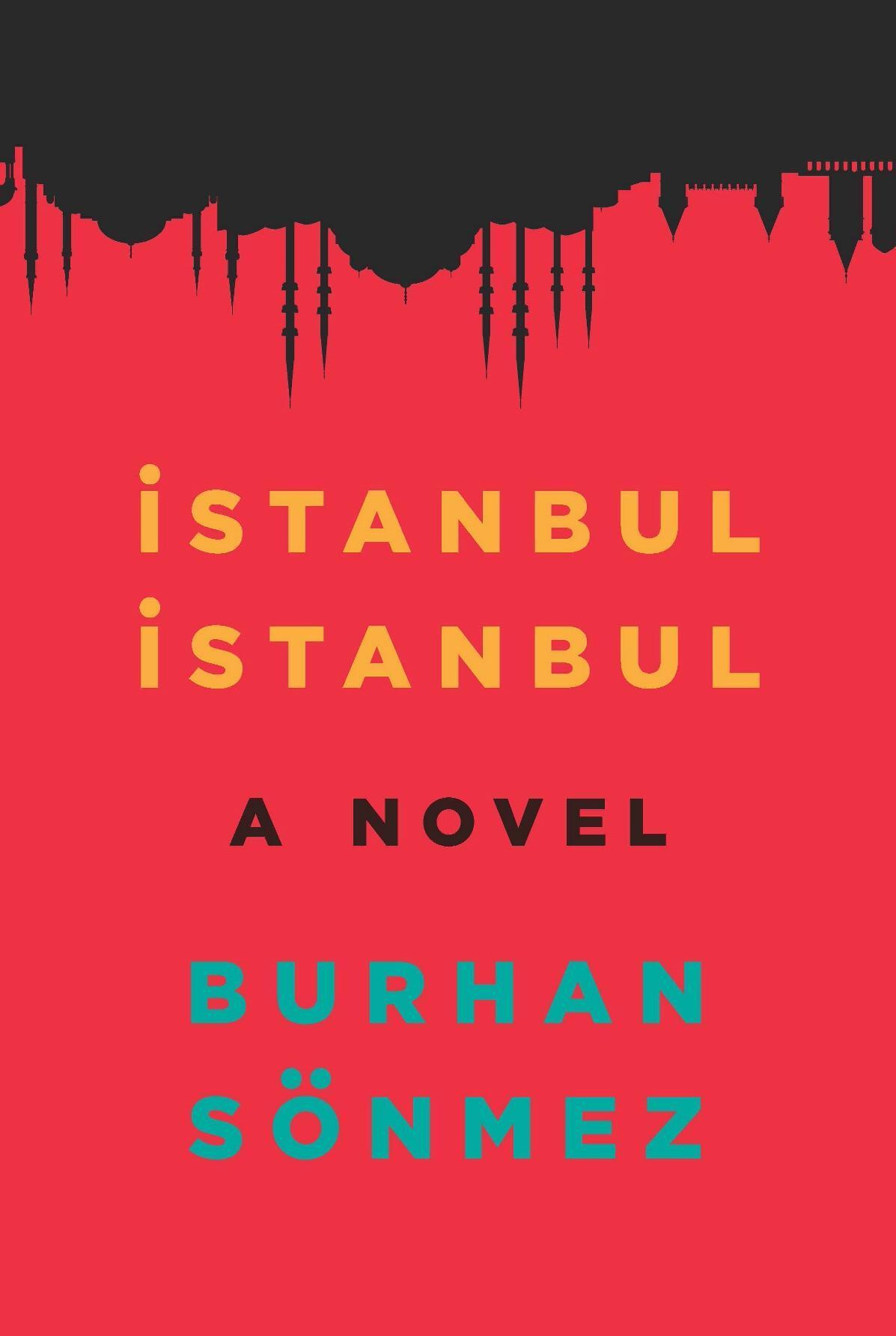Istanbul Istanbul
William Armstrong - william.armstrong@hdn.com.tr
 ‘Istanbul Istanbul’ by Burhan Sönmez, translated from the Turkish by Ümit Hussein (OR Books, 256 pages, $18)
‘Istanbul Istanbul’ by Burhan Sönmez, translated from the Turkish by Ümit Hussein (OR Books, 256 pages, $18)In the Decameron, written in the 14th century by Italian author Boccaccio, 10 characters tell each other 100 stories to pass the time after fleeing a plague epidemic. The stories are bawdy, tragic, comic, and poignant, and together amount to a fascinating mosaic of medieval Florence.
 The Decameron is frequently referenced in Burhan Sönmez’s novel “Istanbul Istanbul.” Like in Boccacio’s great work, the characters tell stories to pass the time. Unlike the Decameron, that time is spent in an underground jail cell in Istanbul, where prisoners are held between sessions of extreme torture. Each of the 10 chapters is narrated by one of the inmates, trying to distract themselves from pain and the terror of coming abuse. The exact era in which the book is set is left ambiguous, but it is some point within the last few decades.
The Decameron is frequently referenced in Burhan Sönmez’s novel “Istanbul Istanbul.” Like in Boccacio’s great work, the characters tell stories to pass the time. Unlike the Decameron, that time is spent in an underground jail cell in Istanbul, where prisoners are held between sessions of extreme torture. Each of the 10 chapters is narrated by one of the inmates, trying to distract themselves from pain and the terror of coming abuse. The exact era in which the book is set is left ambiguous, but it is some point within the last few decades.As one of them reflects, “It was better to dream about the outside world than to dwell on our troubles. Time, which stood still in the cell because our bodies were trapped, started ticking again once our minds went outside.” A darker reason for the story-telling is to avoid sharing any secrets that could be extracted by interrogators: “We passed the time left over from being tortured sleeping, talking, or being cold. We shared our dreams and built our own heaven here. Just as Istanbul keeps her secrets hidden, we too hid our secrets from each other.”
“Istanbul Istanbul” is billed as an artistic affirmation of the power of the imagination and the force of collective will. Its epitaph quotes 9th century Persian mystic Mansur al-Hallaj: “Hell is not the place where we suffer, it’s the place where no one hears us suffering.” Sometimes the book flirts with corniness, sometimes the flirtation tips into something more serious: As one po-faced inmate says at one point, “Let’s not forget that in here we’re the purest form of human there is, the suffering human.” But the novel isn’t always so cringeworthy. The torture scenes in particular are stomach-turning but well-judged, contrasting effectively with imaginative flights from the confines of the cell.
The stories that the prisoners tell are threaded into accounts of their lives before arrest. Gradually over the course of the novel we get a portrait of Istanbul where the line between life above and below ground is artfully blurred. The concept wears a little thin over 250 pages, which isn’t helped by the fact that each of the characters lacks any distinguishing features. It may be a problem with the translation, but each prisoner speaks in the same polished, often ripe style. “Pain turns the body into its slave, while fear does the same to the soul, and people will sell their souls to save their bodies,” one of them pontificates between bouts of violent torture. Ouch.
In the Decameron, the characters confront their fear of the plague with stories that don’t take life too seriously. Similarly, most of the stories in “Istanbul Istanbul” end up breaking in laughter among the captives, despite their relentlessly grim circumstances. One major difference, of course, is that Boccaccio didn’t have to worry too much about the realism of his dialogue. Although Sönmez stumbles on that front, on the whole this is an imaginative and original book.
*Follow the Turkey Book Talk podcast via iTunes here, Stitcher here, Podbean here, or Facebook here.










